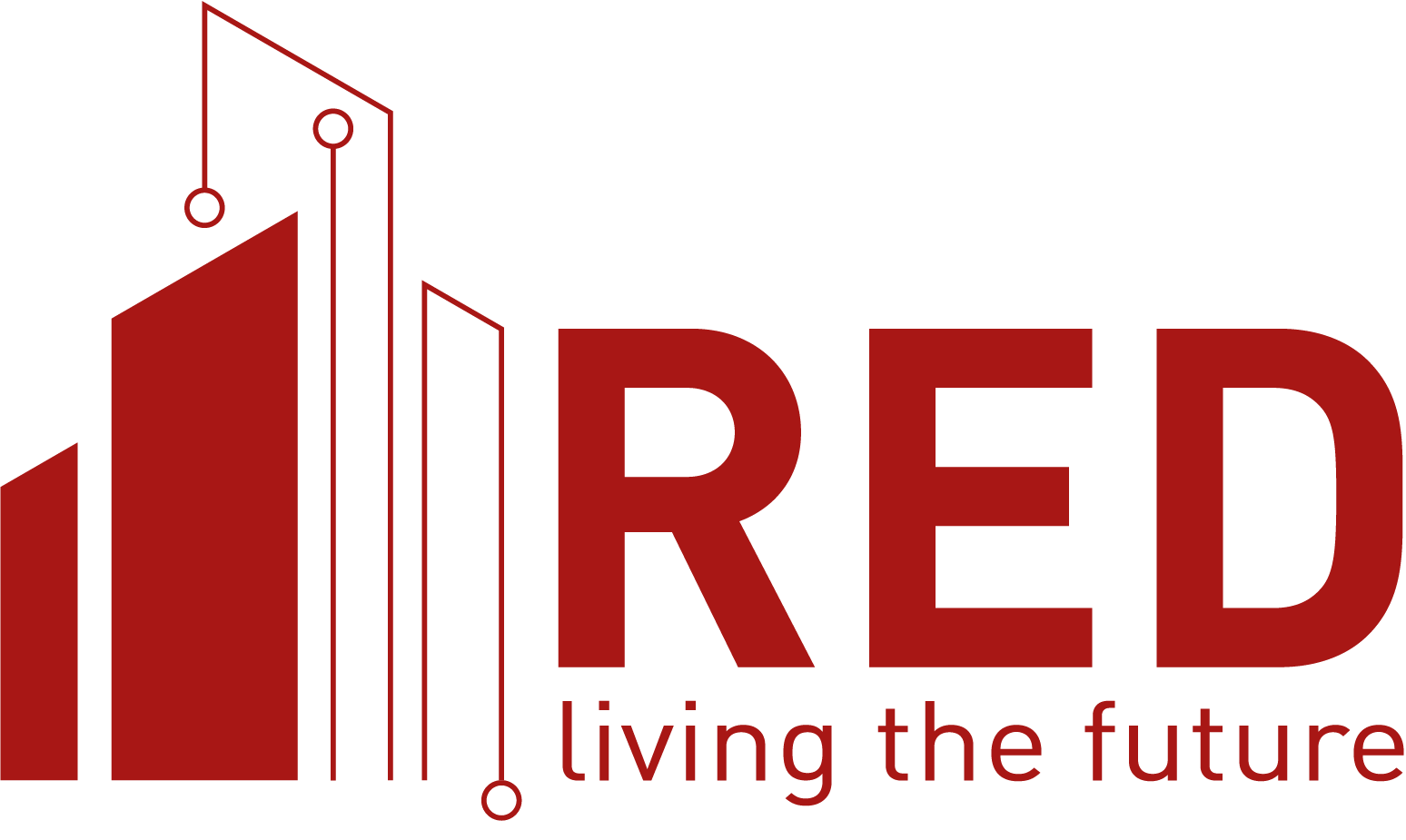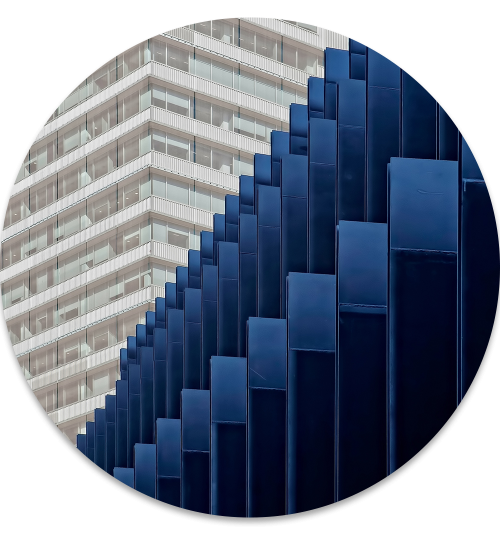Consumption
The objective of RED is to ensure zero CO2 emissions throughout the life cycle of buildings and achieve energy self-sufficiency to make the urban environment independent of the future rise in the cost of electricity.
The energy model
The model is based on bioclimatic studies on sustainable architecture led by the Politecnico of Milano, enabled by a computing model for Energy Design called EnergyPlus and developed by the Department of Energy of the United States, the energy system proposed by RED ensures complete coverage of the entire area (heating, cooling, hot water production) using renewable energy sources (photovoltaics and geothermal) and smart grids ("smart grid") and with the objective to minimize the CO2 emission and to achieve the energy self sufficiency.
High energy efficiency and high environmental comfort will ensure tangible energy savings thanks to:
High energy efficiency and high environmental comfort will ensure tangible energy savings thanks to:
• Covered buildings with high performance for thermal insulation
• Optimisation of the structural and architectural characteristics of the building orientation Systems
• Efficient and sustainable electrical and heating systems
• Intensive use of "local" renewable energy sources (75-80% of total energy needs)
In combination with careful urban and architectural design, the layout of the area being designed will be characterized by:
•the presence of common micro electrical, thermal and refrigeration generation systems interconnected by the district's bi-directional energy infrastructure, specifically designed for this purpose.
•Intensive use of solar energy through the construction of integrated photovoltaic systems (BIPV) combined with the use of low-enthalpy geothermal resources and other microgeneration systems, mainly powered by renewable energy sources such as biomass cogenerators / tri-generators.
•relocated energy storage systems to reduce misalignment between consumption profiles and production from renewable sources.
•management of energy generation, storage and use of energy flow at district level. The system, based on the exchange and optimization of energy flows between the various production and consumption nodes, will be supported by a strong digital component that will connect the building automation systems with the general management system allowing a holistic logic of regulation and control.
















